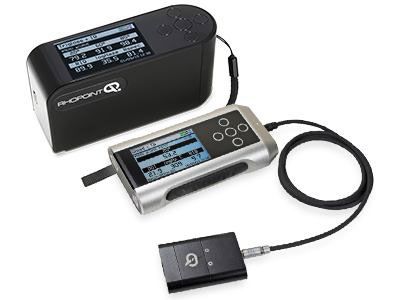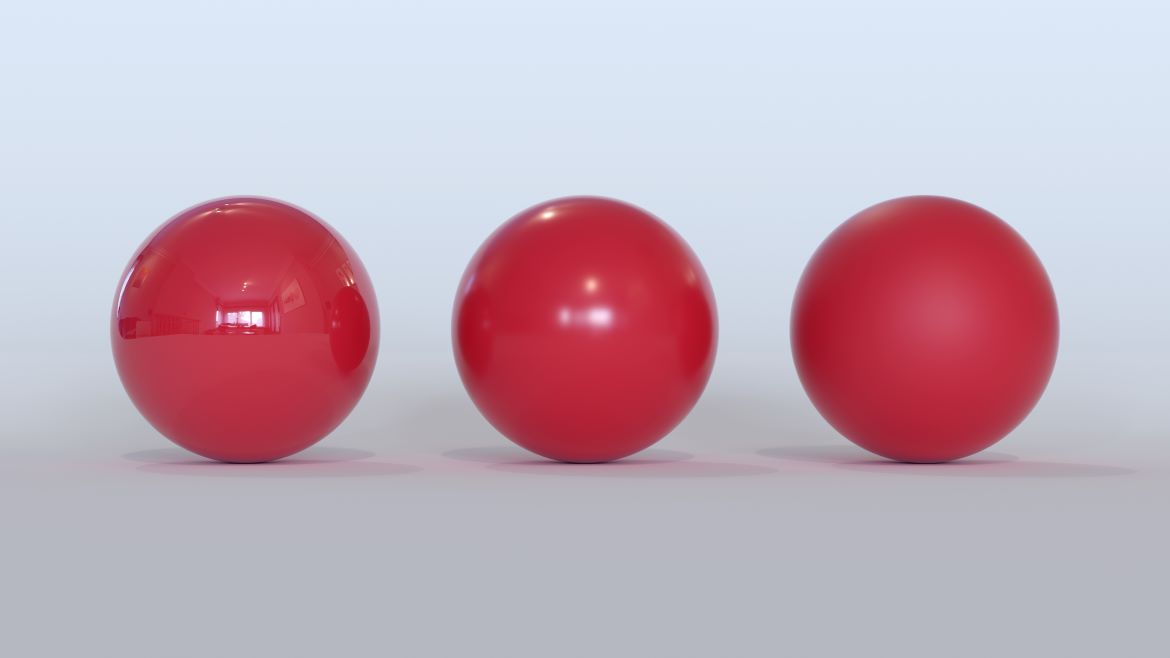Understanding Gloss Standards and Units

Gloss is measured by an instrument called a glossmeter, which assigns a gloss unit (GU) to a specified surface. The GU scale of a glossmeter is based on a highly polished, reference black glass standard with a defined refractive index having a specular reflectance of 100 GU at the specified angle. The scaling is suitable for most non-metallic coatings such as paint and plastic. For other highly reflective-surfaces, such as mirrors or plated and raw metals, higher values of 2,000 GU can be reached when measured at 20. Many industries choose to adopt the 20/60/85° geometries specified in ASTM D523. In the United States, three of the main standards of gloss measurement are the D523 specular gloss measurement, the D4039 reflection haze measurement of high-gloss surfaces, and the D4449 measurement of the difference between surfaces of similar appearance.

In case you are in the beginning stages of learning about gloss measurement, there are certain differences the human eye can detect. When measuring at 60º, the detectable gloss differences depend on the gloss level of the sample. For example, a 3.0 GU gloss difference may be easily detected on one surface, but not another. When measuring a gloss difference of 3.0 GU on a matte surface measuring around 5 GU would be visible with the naked eye. However, measuring the same difference on a high-gloss coating measuring around 60 GU would be extremely difficult to notice.
The true way to determine tolerances for your products would be experimentally, by preparing printed samples at different gloss levels that you can show to directly to customers or internal “experts” to receive the proper feedback.

Another way would be to use a 20/60/85° Tri-Gloss instrument. By using the 85º viewing angle of gloss you would have more sensitivity to differences in gloss below 10 GU @ 60º and by using a 20º viewing angle of gloss would have a higher resolution on high gloss coatings (above 70 GU @ 60º). The advantage of using 20/60/85°; Tri-Gloss instrument is that there is more equality to the gloss differences, in our experience a gloss difference of 5 GU, when measured with the correct geometry is just visible to a trained observer. To learn more, check out our full line of gloss meters.
If you have a specific question please contact us.
